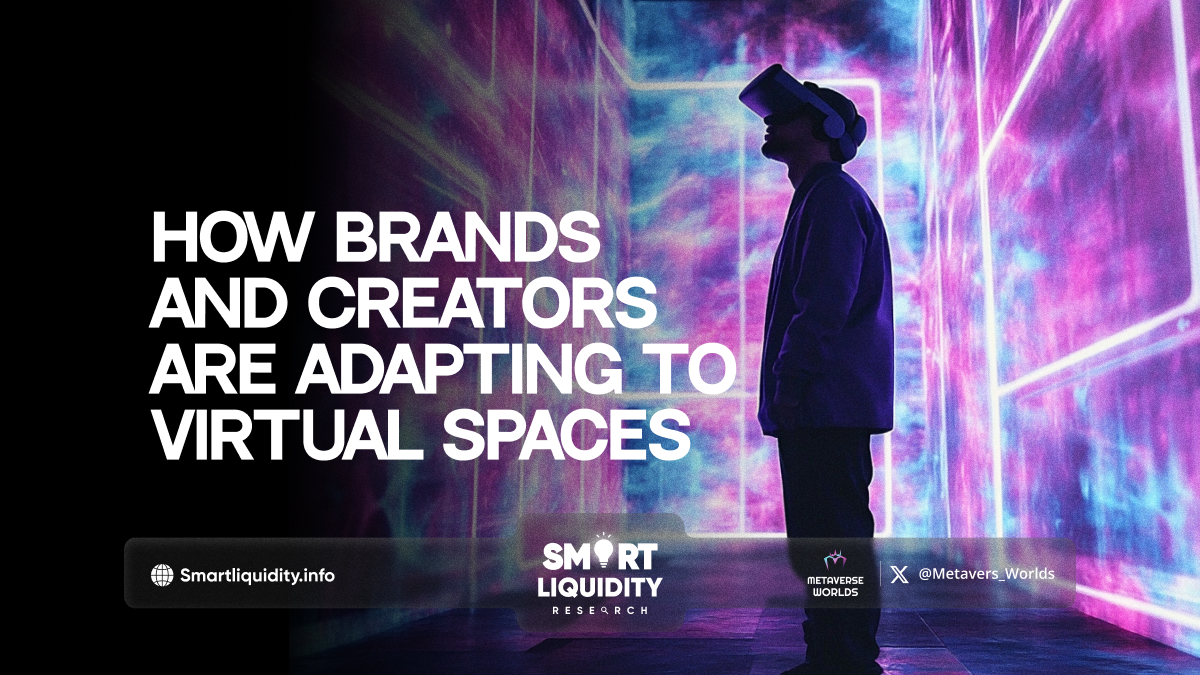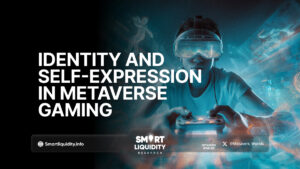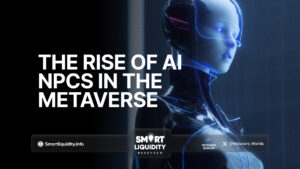How Brands and Creators are Adapting to Virtual Spaces


The digital age has dramatically reshaped how brands and creators engage with audiences. As virtual spaces like the metaverse, virtual reality (VR), and augmented reality (AR) gain popularity, they offer innovative platforms to connect with consumers in immersive and interactive ways. This shift is not just about technology; it’s about exploring new creative opportunities.
1. Virtual Worlds as New Marketplaces
Brands are discovering new ways to interact with consumers through virtual marketplaces. For example, fashion brands like Gucci and Balenciaga have launched virtual clothing lines in popular virtual worlds, allowing users to dress their avatars in high-end designs. This move not only extends brand visibility but also taps into a younger, tech-savvy demographic that values digital experiences. Additionally, virtual items can be bought and sold with real-world currency, creating a new form of commerce.
2. Creators Are Embracing Immersive Content
Creators, too, are adapting to virtual spaces by offering immersive content that goes beyond traditional videos and social media posts. Platforms like VRChat and Roblox are home to creators who build and host unique experiences, such as concerts or art exhibits, where users can interact with the content in real-time. These virtual spaces allow for deeper audience engagement. Therefore, creators can foster a sense of community and creativity that was previously unattainable in traditional media.
3. Shaping the Future of Advertising
Brands are incorporating immersive ads in virtual environments to capture consumer attention. For instance, brands are sponsoring in-game items or virtual billboards in popular VR games. These ads appear as part of the user’s experience, making them less intrusive while still delivering key messaging. As a result, brands can forge stronger emotional connections with their audience.
4. Collaboration and Innovation
In addition, collaborations between brands and creators are driving innovation in virtual spaces. Many creators are now co-creating digital experiences with brands, combining creative freedom with commercial objectives. This partnership benefits both parties: brands reach new audiences, while creators enhance their content with cutting-edge technology.
In conclusion, as virtual spaces evolve, brands and creators are continuously finding fresh ways to captivate and engage audiences. Through immersive experiences, strategic partnerships, and innovative marketing, they are defining the future of digital interaction.
DISCLAIMER:
“The information provided on this platform is for general informational purposes only. All information on the platform is provided in good faith; however, we make no representation or warranty of any kind, express or implied, regarding the accuracy, adequacy, validity, reliability, availability, or completeness of any information on the platform.”




